More trees, bigger lakes
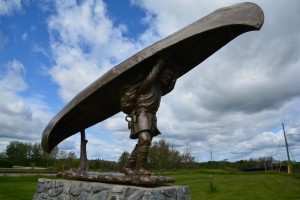
Ontario has a fascinating history of fur trappers travelling long distances on the waterways to trade their furs
It is said Ontario contains all the fabulous features of Canada in one province. It has the national capital of Ottawa and Toronto – a cosmopolitan city to match any in the world, almost 40% of the country’s population, sharing borders with some of the Great Lakes, vast tracts of agriculture, boundless natural resources, a strong bi-lingual society and all of this in an endless space larger than Spain and France combined. Ontario is big, bold and beautiful, offering something for everyone, holding nothing back.
We entered Ontario on its northern-most road from Quebec and followed Hwy 17 for a day or so as it skirted the uninhabited and unreachable northern stretches of this massive province. The boreal forests were so thick nothing short of a bulldozer would make a dent. And in many places that appears to be what happened as the trees had been cleared for agriculture, mostly just grains and grasses, and the farms were very modest.
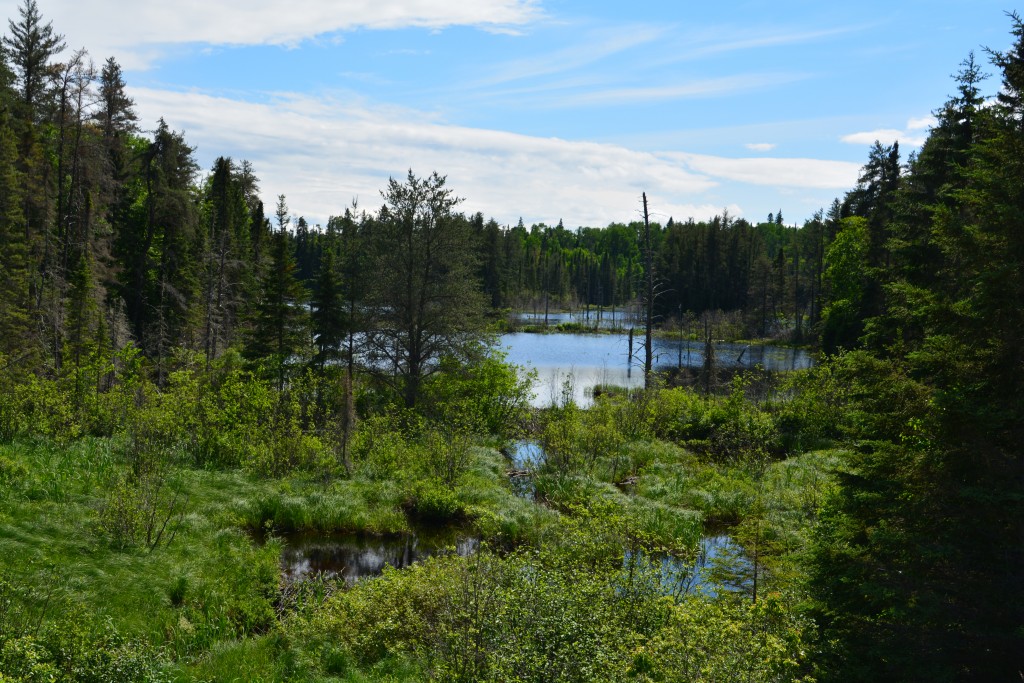
The scenery in northern Ontario was awesome – if you like thick green forests and beautiful mountain lakes
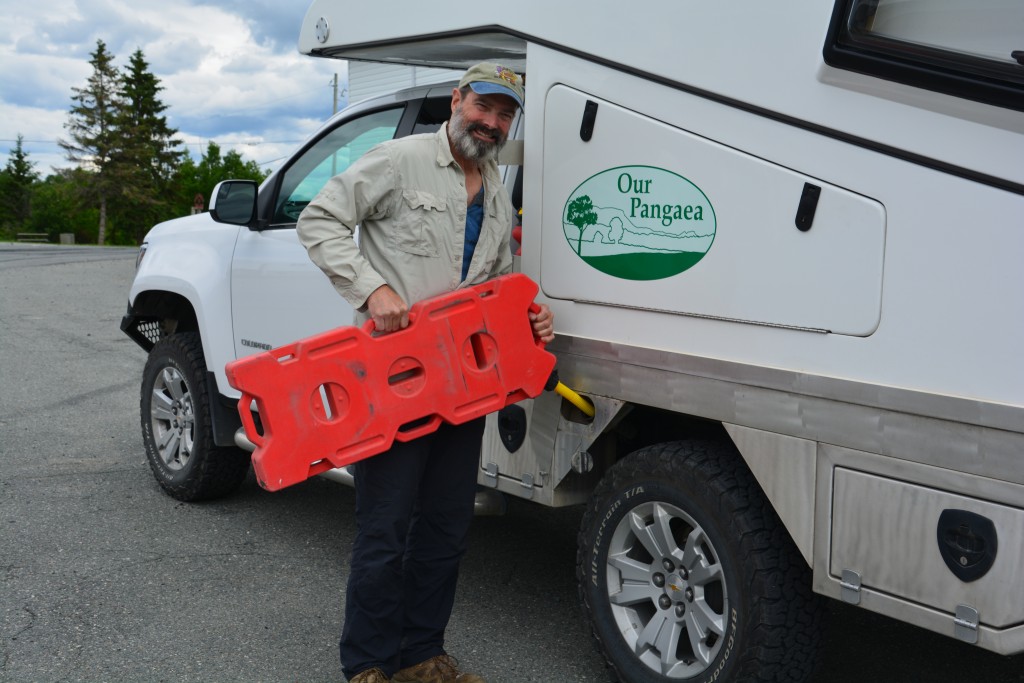
Measuring the range of your tank and the next fuel stop is a constant issue but we carry an extra 14 gallons – about 53 litres – to help us along
There were many indications that this land endures eight months of winter. Many road signs included instructions for snowmobiles, homes are built more for utility than glamour, there are regular signs for the local curling rink or snowshoe trails and there is always the dilapidated old barn that has seen too many winters and too much heavy snow.
Small billboards promote skidoo clubs, winter festival events and businesses promote themselves as ‘open year round’ as a unique selling point. And most interesting, French is still the dominant language in eastern Ontario and there is a reasonable attempt to be bi-lingual throughout the province. In many ways Ontario is a microcosm of greater Canada.
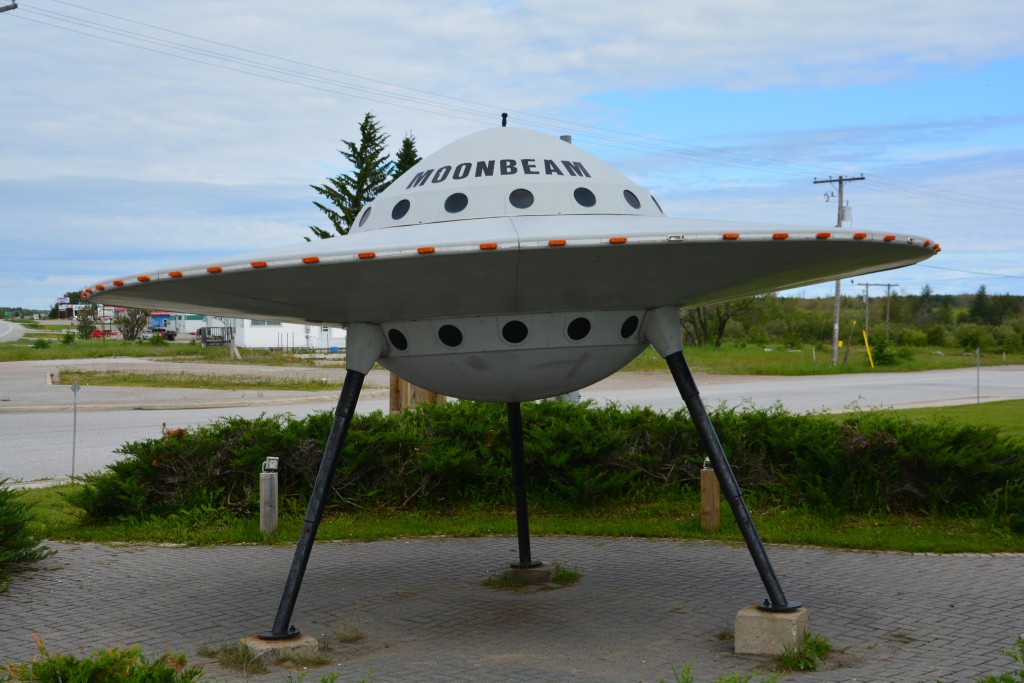
We visited the small town of Moonbean, origins of the name unknown but we were intrigued enough to stop and see the spaceship
We dropped south on a secondary road to White River, made famous because the real life Winnie the pooh was found here as an orphan cub in 1914, taken back to London where it ended up in the zoo, became a favourite of children, including the young Christopher Robin Milne, whose father A. A. Milne eventually wrote one of children’s’ all-time favourite classics based on his son’s love for animals and that special bear in particular. And it all started in White River in northern Ontario.
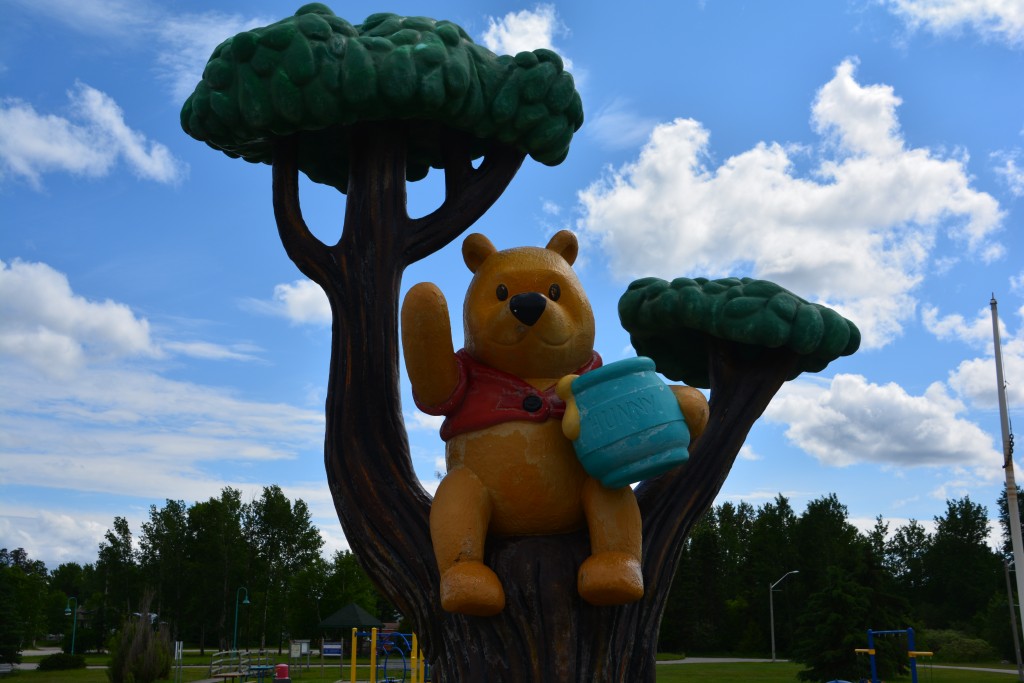
Okay, I never thought I would be writing about Winnie the Pooh but it was kinda cool to visit his home town
We spent a night at Pukaskwa National Park on the shores of Lake Superior and parked Tramp only a short stroll from the beach. Lake Superior is the largest fresh water lake in the world and dominates the Great Lakes region. It is so large it creates its own weather and is so big it is treated more as an ocean than a lake. We strolled its sandy beaches, heavily covered in driftwood, on a warm and still night.
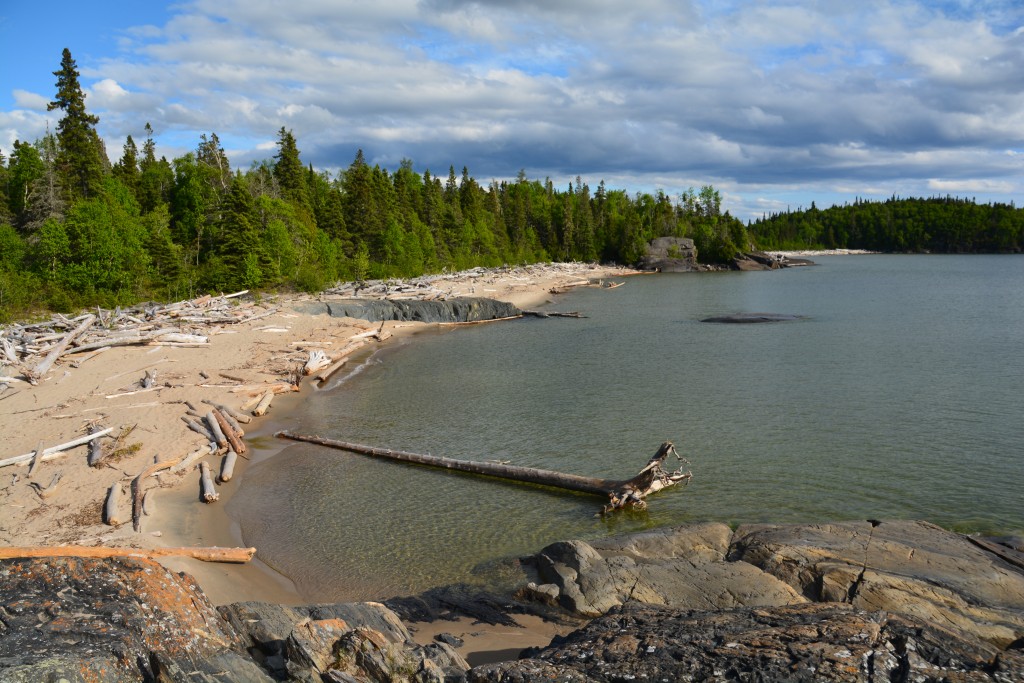
Lake Superior has a reputation as being a huge lake with its own weather but in detail the coast is beautiful
The next morning we walked two different trails, exploring the little coves and inlets of this beautiful part of the shoreline. I always thought of Lake Superior as this dark tempest of a beast throwing vicious storms at all who would venture near. We hit it on two beautiful days and found it lovingly benign.
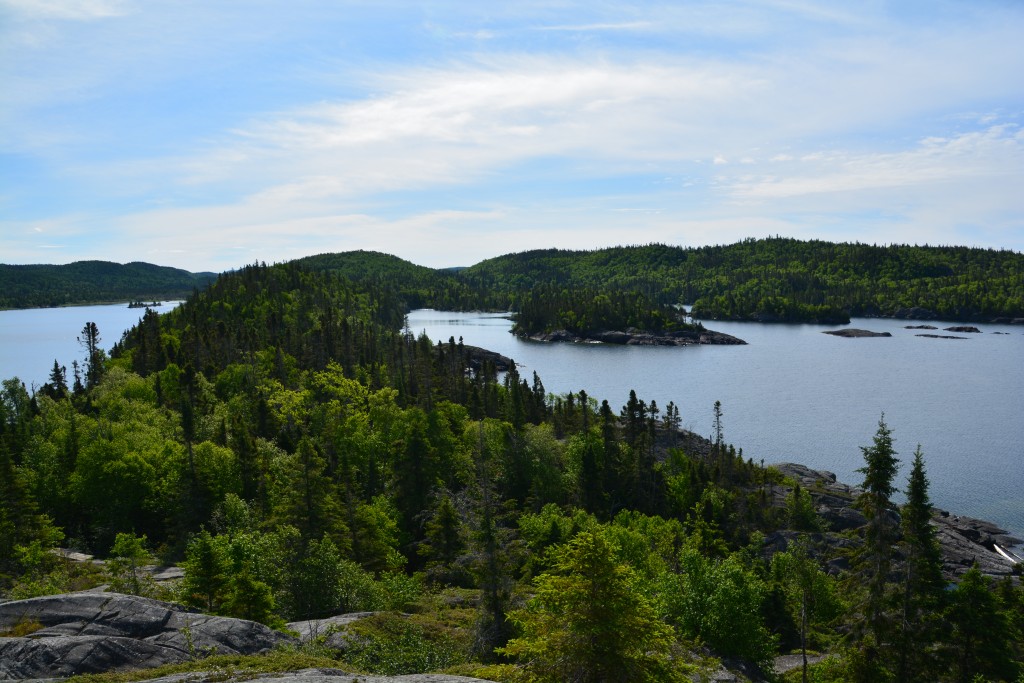
I wish I had brought my kayak to explore the little bays, islands and inlets of this small section of Lake Superior
The drive further westward along the northern coastline of the lake was just stunning, many little bays and protected waterways, beautiful rivers rushing in to join the fun, islands dotting the shoreline. We hit Thunder Bay, the largest town we’ve been in since Halifax Nova Scotia about a month ago and made camp at a nearby provincial park.
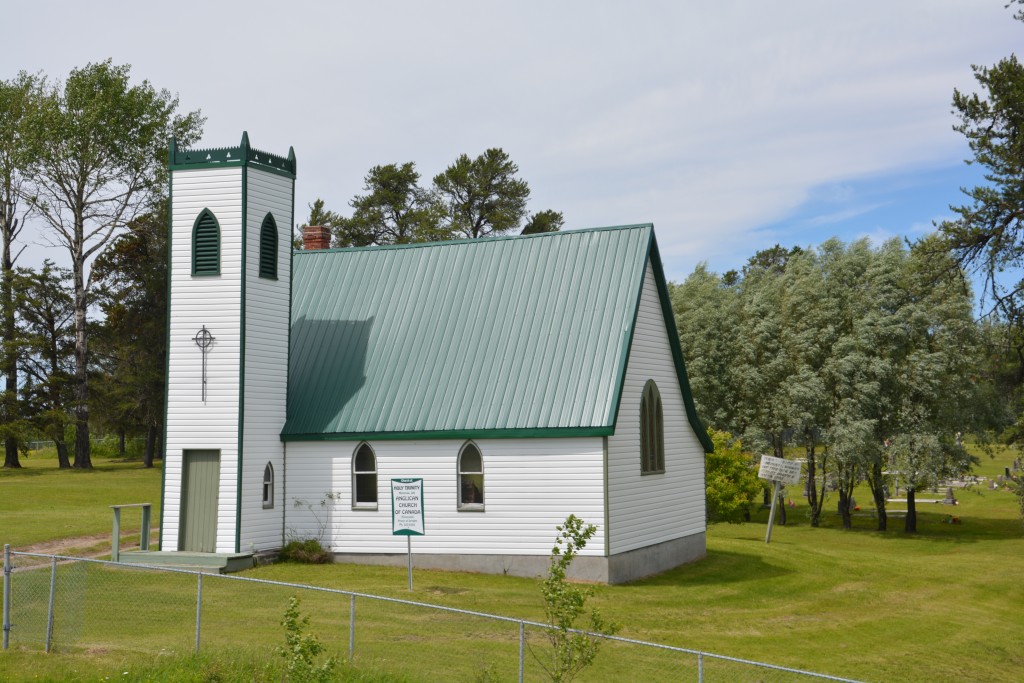
Small rural churches, especially those up to 100 years ago, are a fascinating addition to the local landscape
Thunder Bay was a bit of a milestone town for us because it marked the halfway point of our trek across Canada to get to Edmonton in time for our flights so we can attend our nephew’s wedding. We weren’t exactly on schedule but we were within reach which by our standards was pretty good.
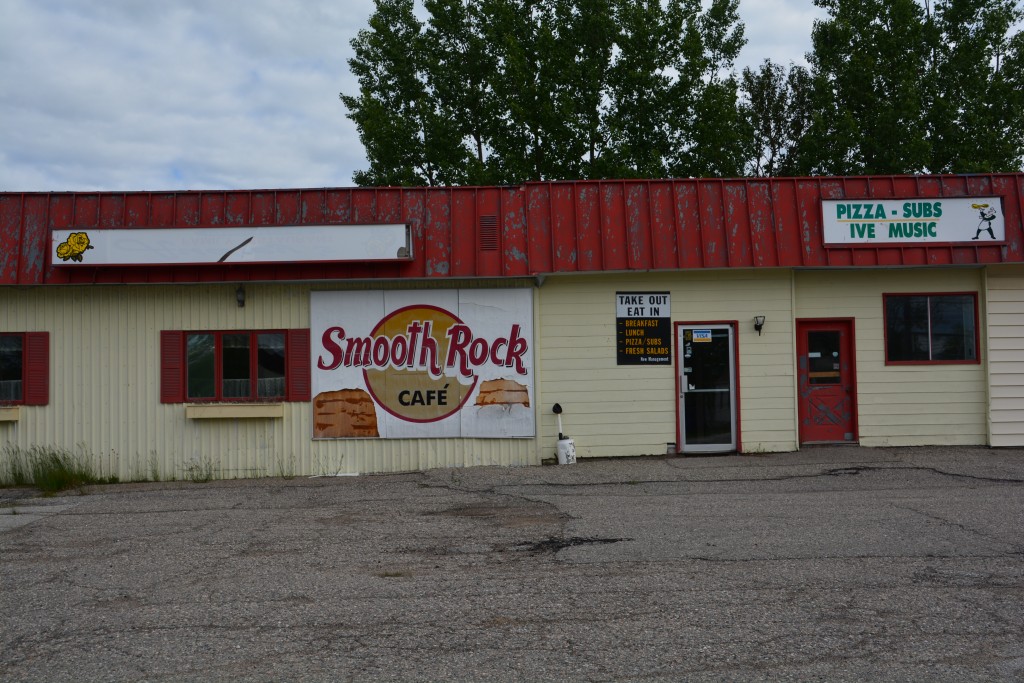
There are many obvious signs of small towns suffering due to downsizing but we gave this guy full points for trying in the town of Smooth Rock
Thunder Bay may be in western Ontario but the province is so big that if travelling west, as we were, you cross the time zone line before you cross into the next province. We drove all day and couldn’t reach the border with Manitoba, finding a beaut bush camp near the border. The day was one of – wait for it – endless forests, uncountable mountain-blue lakes and rivers full to the brim with snow-melt water.

So let’s be honest – who wouldn’t fall in love with all these beautiful old barns spotted along the way
We enjoyed starting the day at Kakabeka Falls, a dramatic waterfall on a river that was one of the major trading routes of local indigenous tribes and the French and English fur trappers and also checked out the major town of Kenora which is home base for those wanting to explore the huge Lake of the Woods that straddles Ontario and Minnesota. In between we chanced upon another moose grazing on the edge of a swampy lake and passed through numerous ‘outback’ towns that offered barely the minimum requirements for anyone to live there.
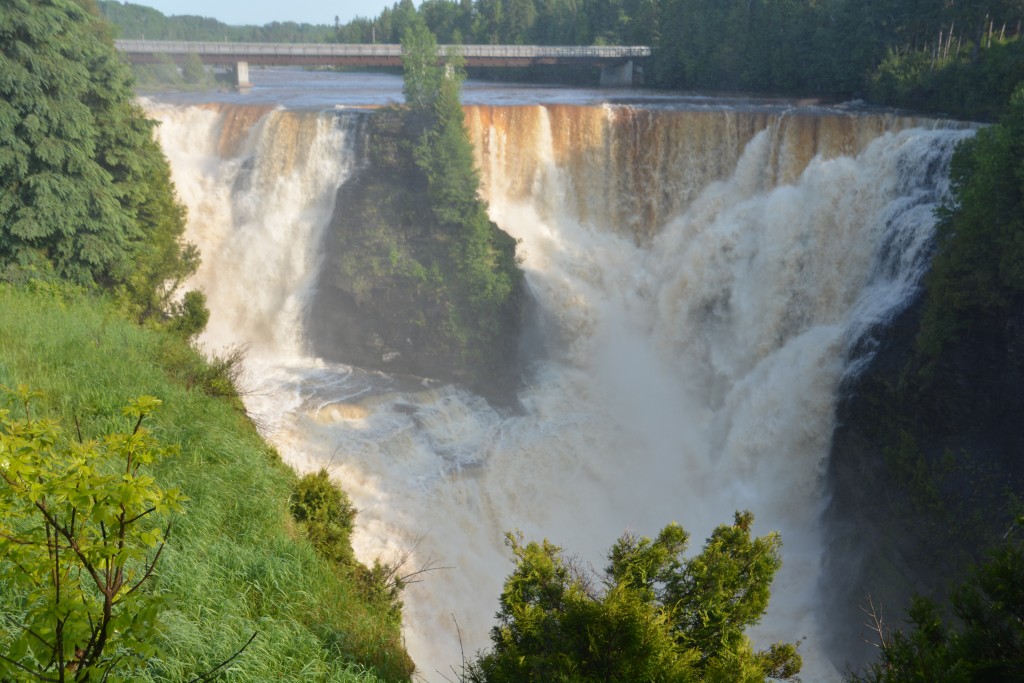
Kakabeka Falls provided a dramatic example of what local Indians and fur trappers faced in travelling up and down these rivers
We only spent four nights in Ontario, which isn’t nearly enough, and didn’t even touch the more populous southern section. But we got a flavour for it, and we like what we tasted, knowing we’ll need to come back someday and feast on the rest.
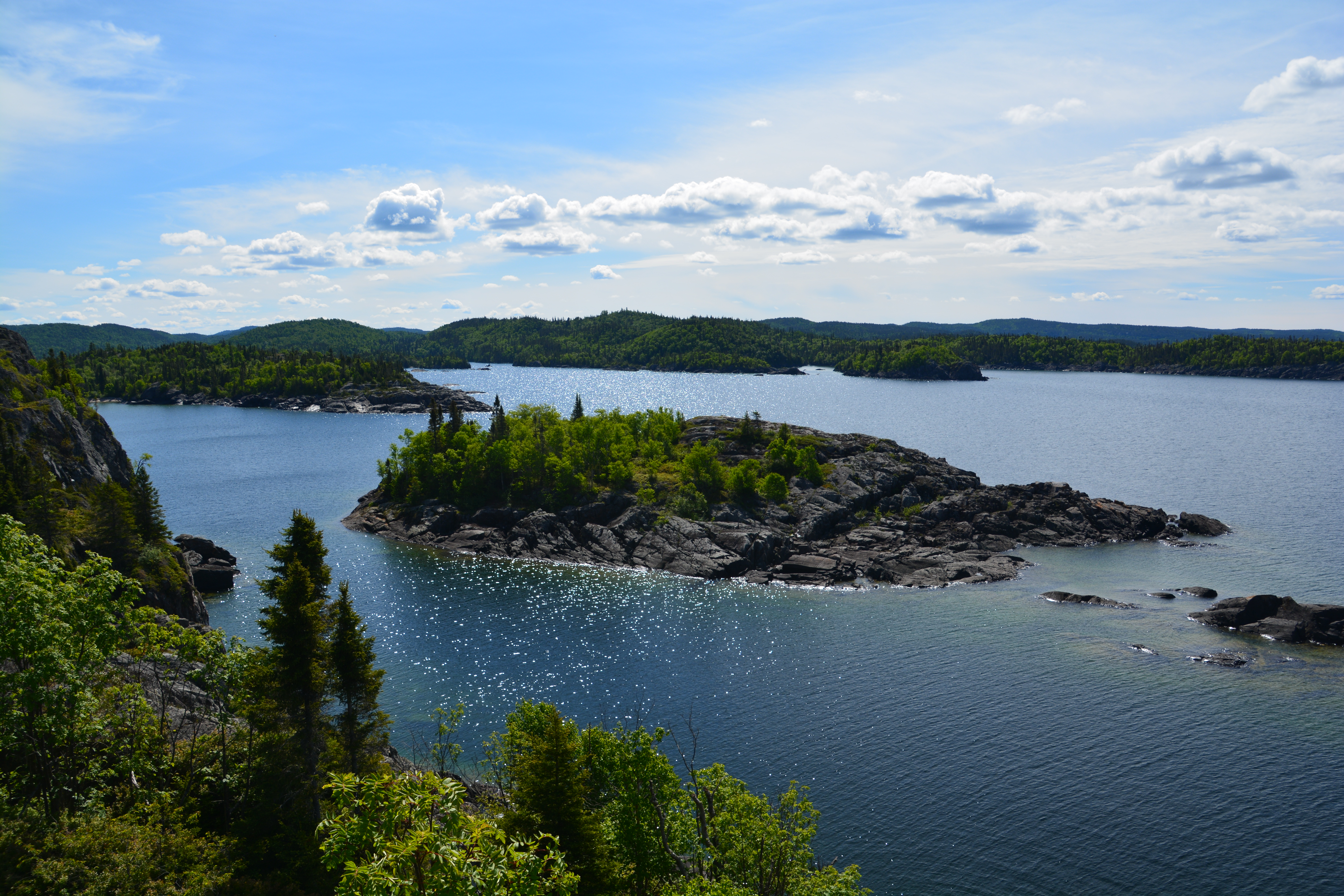
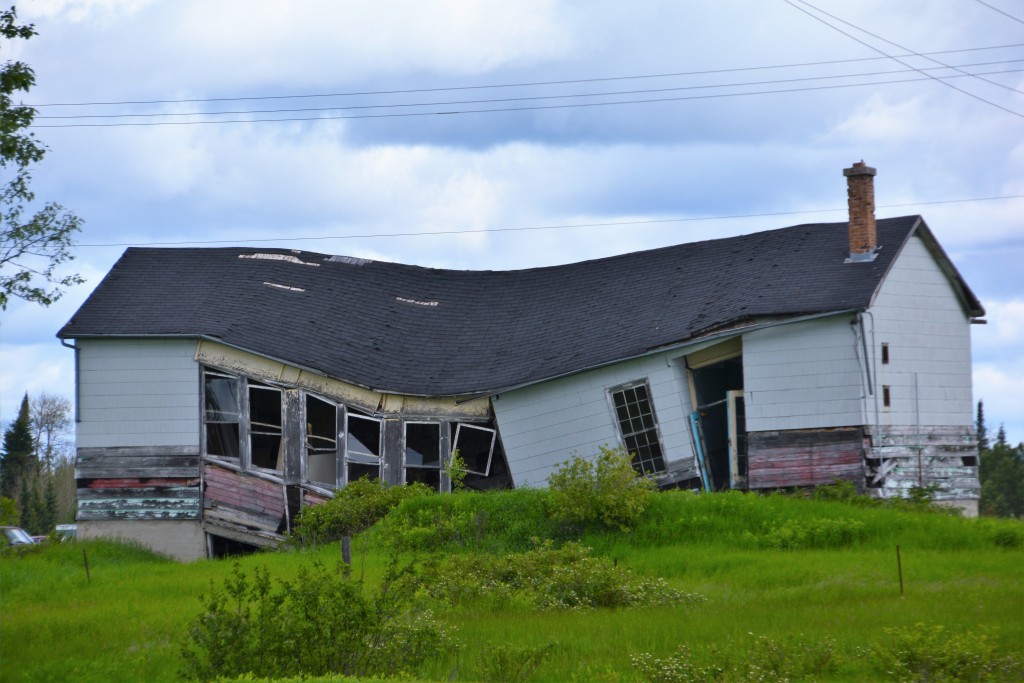
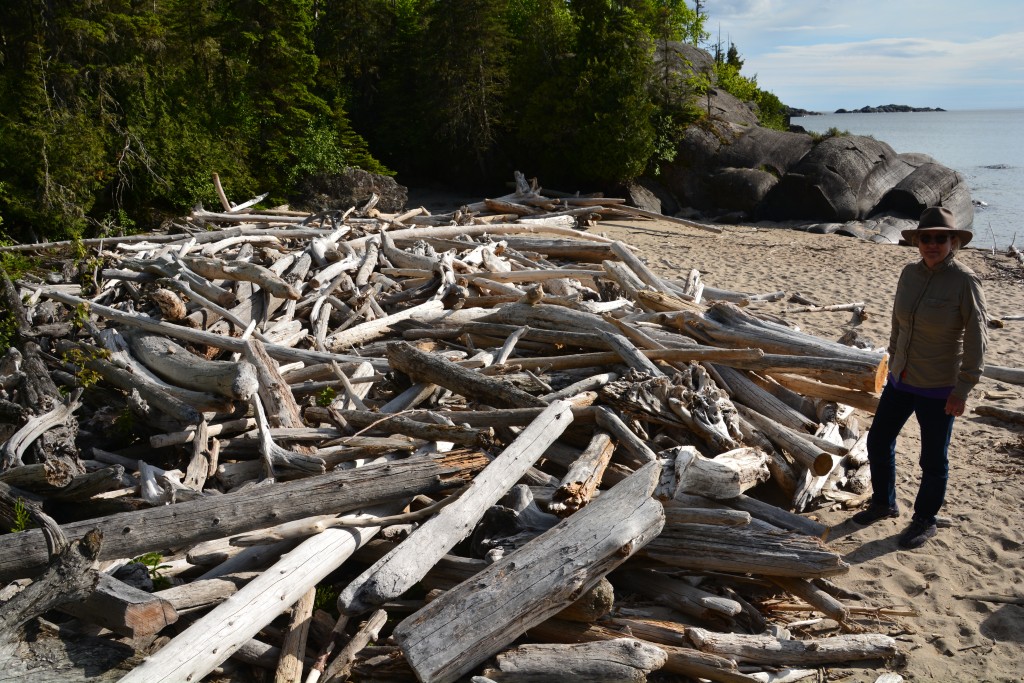
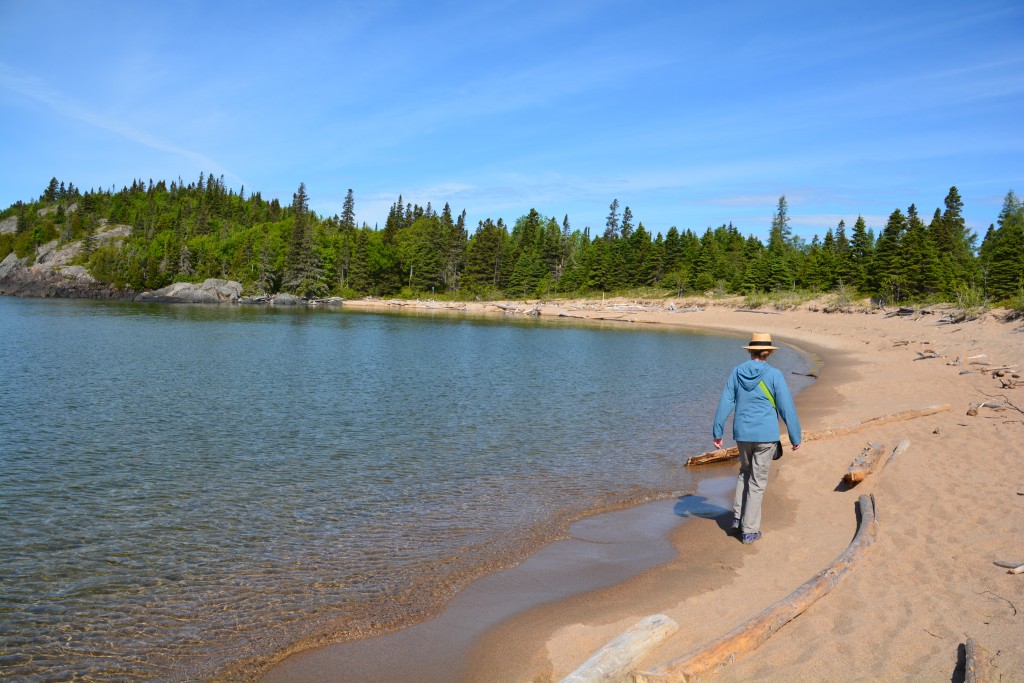
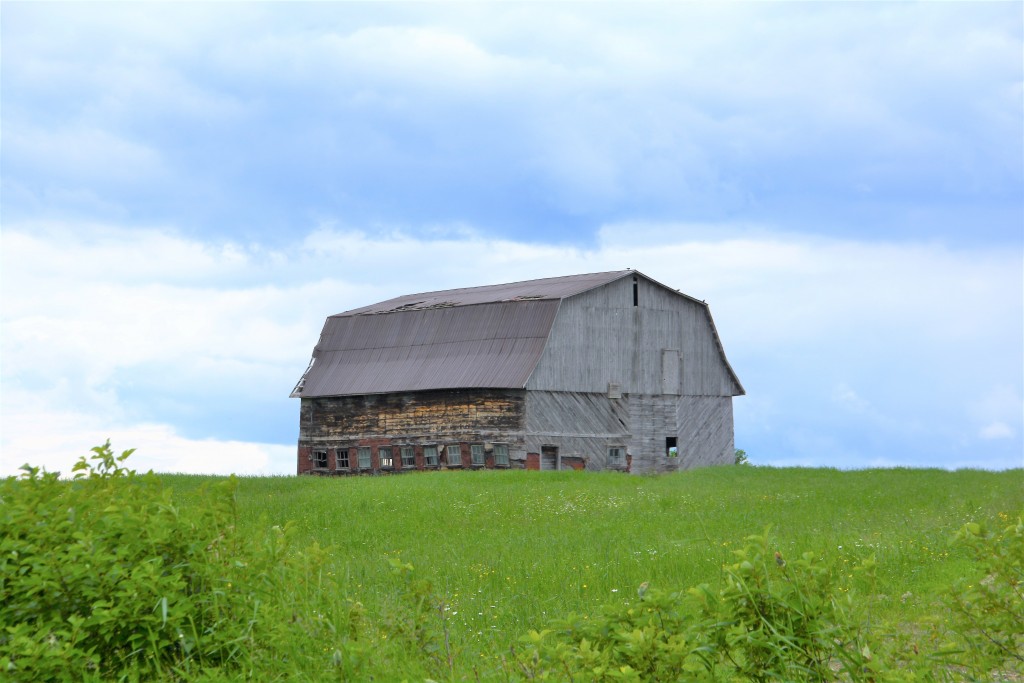
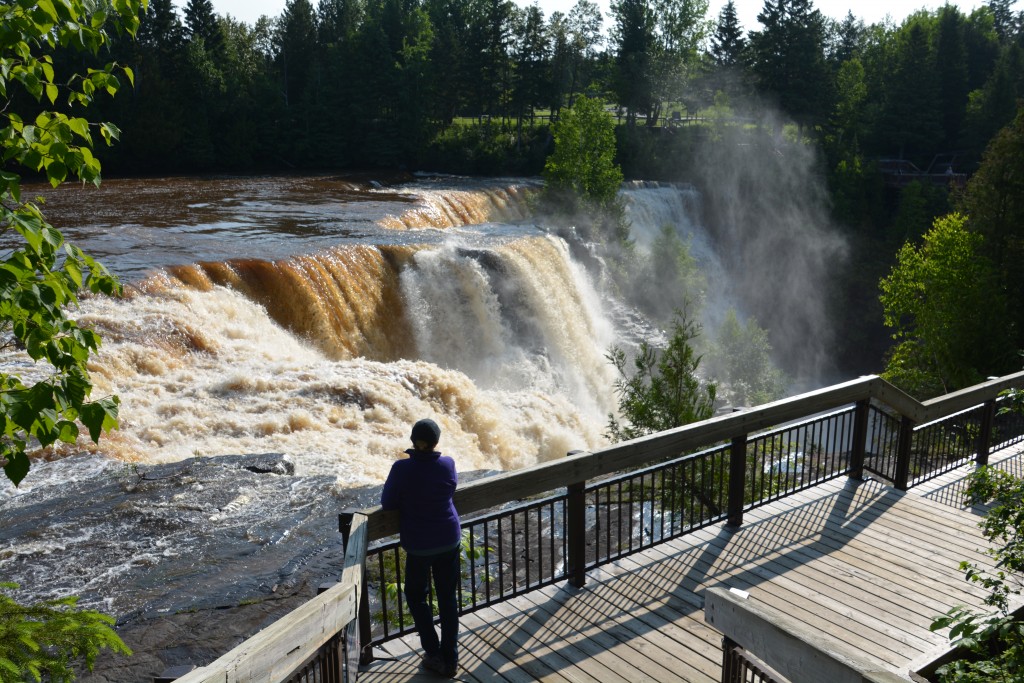
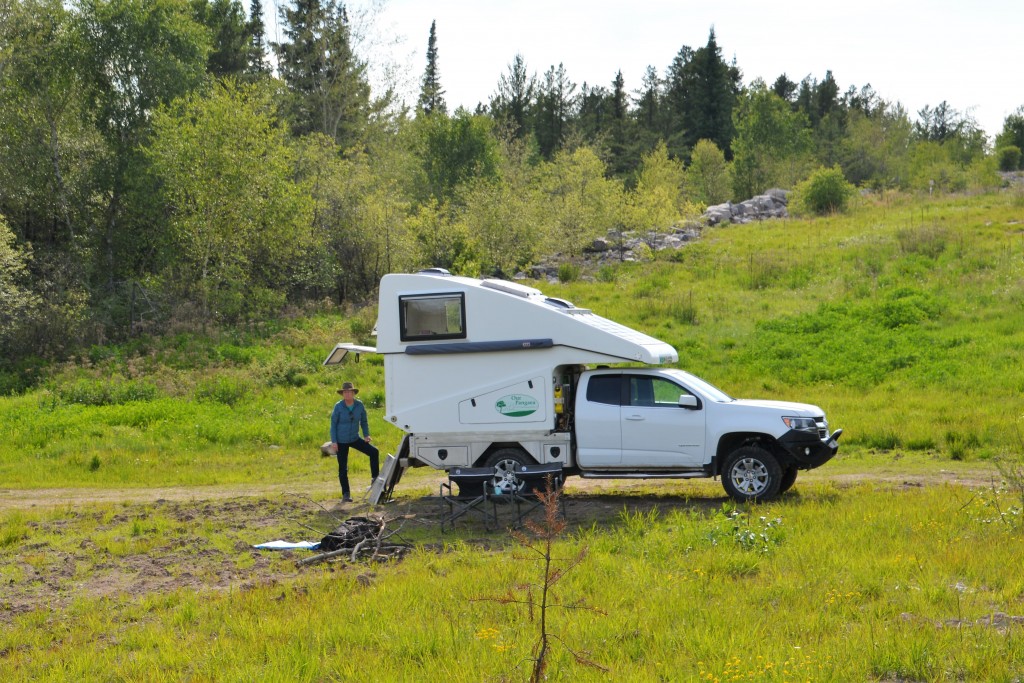
Comments
More trees, bigger lakes — No Comments
HTML tags allowed in your comment: <a href="" title=""> <abbr title=""> <acronym title=""> <b> <blockquote cite=""> <cite> <code> <del datetime=""> <em> <i> <q cite=""> <s> <strike> <strong>